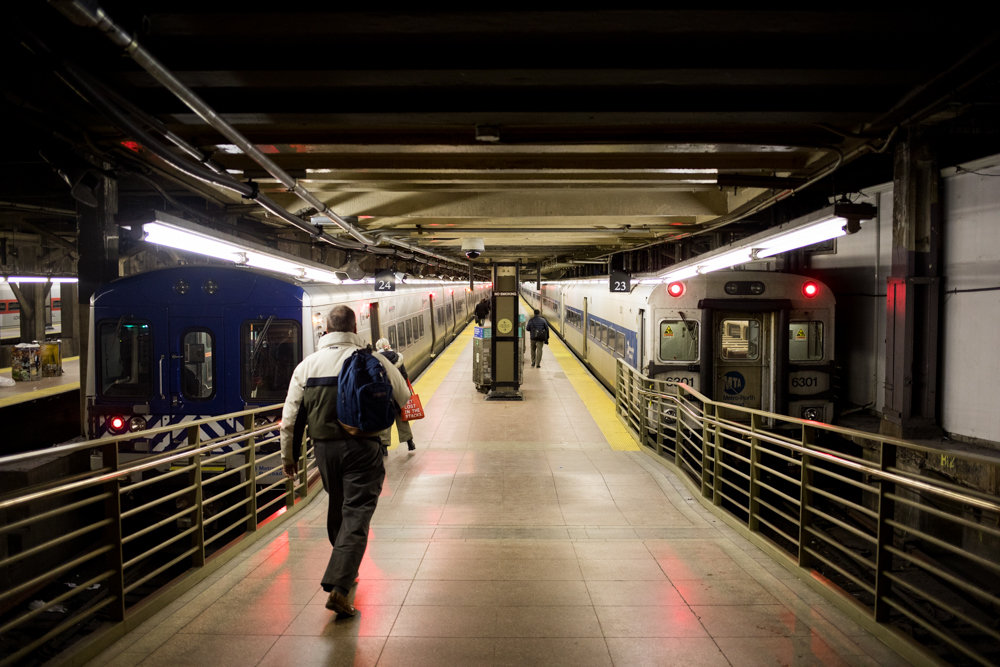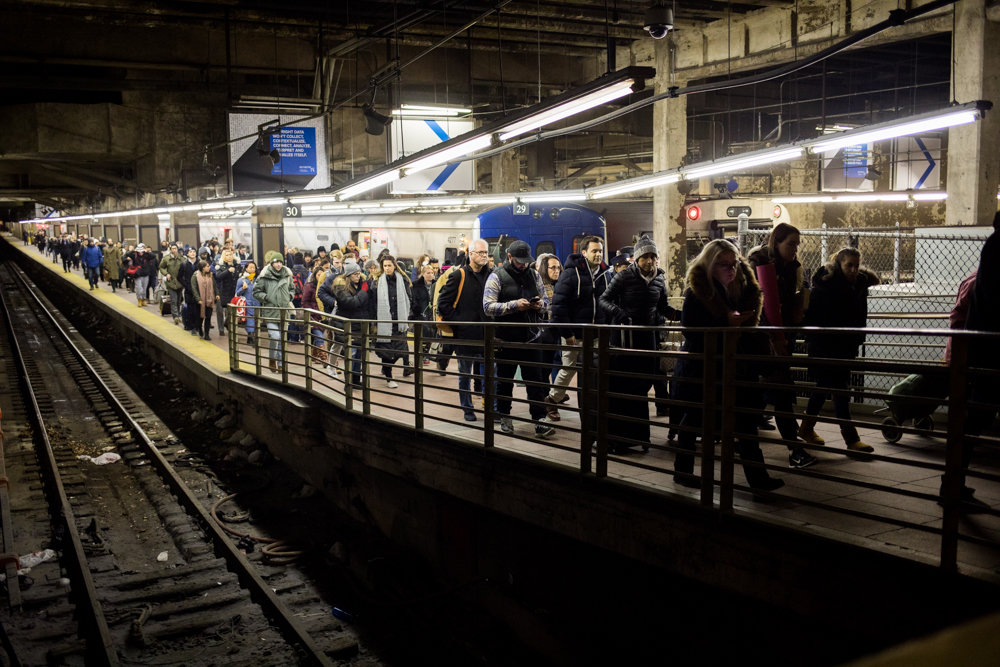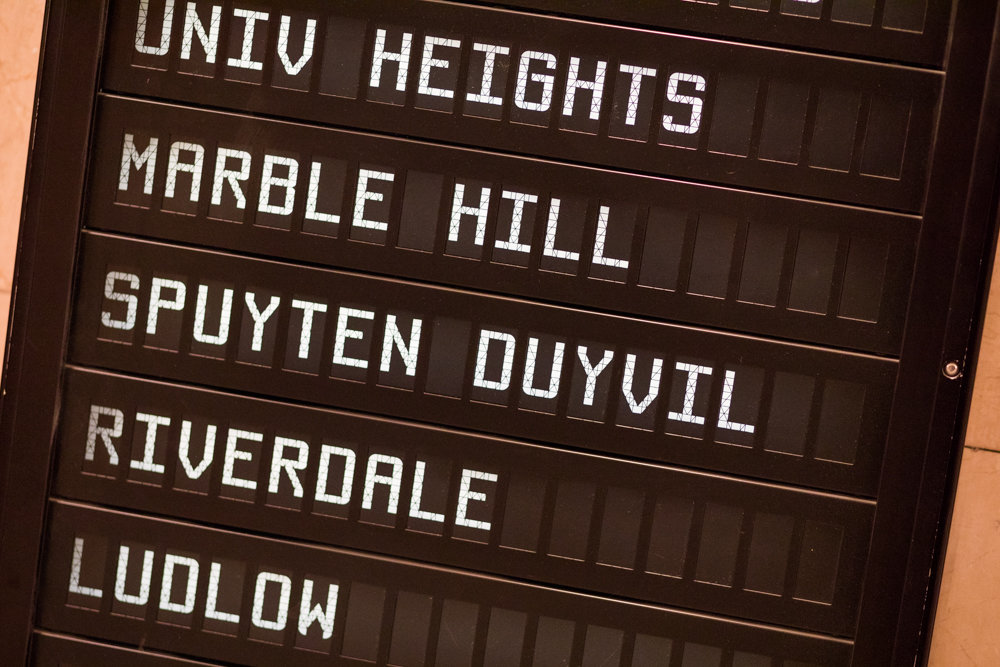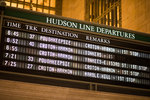Bringing commuter rail to the rest of the Bronx
Trekking to the eastern part of the borough could soon be a whole lot easier, and riders have a couple of Riverdale powerbrokers to thank for it.
New Metro-North stations in the Bronx are on a path to becoming reality now that the Metropolitan Transportation Authority, Empire State Development and Amtrak have signed a preliminary agreement for the so-called Penn Station access project. Once implemented, that project would build four new Metro-North Railroad stations in the east Bronx on an underused rail line, connecting neighborhoods like Hunts Point and Co-op City with Penn Station.
According to the agreement, Empire State — the umbrella organization for the state’s two main economic development public benefit corporations — will collaborate with MTA on planning and expediting the project, which proponents say will spark a wave of economic development for the borough. Together, Amtrak and MTA will study the feasibility of Amtrak running several trains daily from Long Island to Penn Station, before continuing either north, to Boston, or south to Washington, according to reports.
Acting MTA chair Fernando Ferrer — who has called Riverdale home — called bringing Metro-North service to the Bronx a “game changer” — and a long-held personal vision he shares with “hundreds of thousands” of residents he’s been eager to kick-start for years. He believes the project will slash travel times while giving businesses a boost thanks to easier access to transit, plus helping various institutions allure a new fleet of skilled workers.
The new service will shuttle Metro-North trains over the Hell Gate Bridge into Queens, where they’ll link with a Long Island Rail Road route, traveling through the East River Tunnels into Manhattan and west to Penn Station, according to reports. Along with the new stations, the project also entails new tracks and switches — plus power, signal, communication and infrastructure improvements — while the stations slated for the expansion include not just Hunts Point and Co-op City but also Parkchester/Van Nest and Morris Park.
The project’s initial investment — to the tune of $695 million — comes from the MTA’s most recent capital program. That includes $250 million in state resources to be provided through Empire State. But the MTA is hunting for additional funding for the project for its new capital program beginning next year in order to complete it.
MTA’s Metro-North committee signed off on a $35 million preliminary engineering contract Jan. 22 that will tackle initial design while nailing down a timeline. Also on the docket is an analysis of how trains will operate along the line, finalizing track alignments and community outreach.
Coming together
It’s a project that’s been brewing for decades, said MTA board member Charles Moerdler, but just now, finally, hovers on the brink of fruition following a protracted stalemate between the railroad juggernauts. It was Gov. Andrew Cuomo who intervened to broker a deal, which according to reports hinged on a pair of demands from Amtrak.
One was that MTA pay to replace the century-old Pelham Bay Bridge, which would see more traffic with the expansion. Around a decade ago, Amtrak had called the bridge beyond a state of good repair, requiring more than $500 million to construct a replacement. But under the accord Cuomo brokered, that replacement would be postponed for up to a couple decades.
The other debacle came from Amtrak’s desire to charge MTA access fees for using its tracks. Now however, Amtrak has agreed to relinquish that demand in exchange for the joint study with MTA exploring whether Amtrak service could be expanded to Long Island.
Around 1997, Ferrer — who was serving as Bronx borough president at the time — proposed what are now the four stations set for Metro-North’s expansion, but using existing railroad track and facilities, Moerdler said. Ferrer’s vision was to more efficiently shuttle Bronx-based riders both into Manhattan, and up to Westchester County and Connecticut — without building a whole new subway line, which Moerdler estimates could cost billions today.
But Ferrer’s scheme languished, even though he was “banging away at it,” Moerdler said. That is, until current borough president Ruben Diaz Jr., was elected in 2009 and made it one of his top priorities in successive state of the state messages, while pushing Moerdler and Ferrer — whom he’d recommended to the MTA board — to rekindle the cause.
At the Jan. 24 meeting, the board adopted a resolution providing funds for the initiative, including design, Moerdler said. Once it’s actually up and running, trains will shepherd riders from the four east Bronx stations to Penn Station in less than 30 minutes.
Another connection
Amtrak’s current Hell Gate that would be used for the expansion is now used primarily for freight and other goods, but also carries passengers in and out of New Rochelle.
That’s a line that could become the “springboard to the north,” Moerdler said.
“The only thing holding it up is the work, getting it designed,” Moerdler said. “We now are coming into a relatively free piece of track — didn’t have to buy, build or anything else,” that could shoot commuters down to Penn Station faster than the subway.
“It’s going to be a win-win-win across the board,” he added. “Because Amtrak will get some revenue out of it. Metro-North will get a lot of revenue out of it.” And residents will have an easier time traveling to Westchester County and Connecticut, “one stop, no problem.”
“It will provide jobs, it will provide business opportunities in the area,” Moerdler said, one that at the moment is “pretty crummy. But when you have a functioning line and a station there, it will be like a magnet for new business.”
A major question that lingers, however, is whether a light rail option further linking the east and west could be on the horizon. Especially now that Moerdler and Ferrer have captured their long-sought eastward expansion.
“How do we now create a connector,” Moerdler asked “and make the Bronx as unified a transit system as Manhattan, far superior to Brooklyn, far superior to Queens? That’s my next project.”
His plan of attack?
“Same way I’ve done it in the past,” he said. “Pressing, pressing, pressing. Doesn’t win you the friend-of-the-year award. But you get stuff done.”















